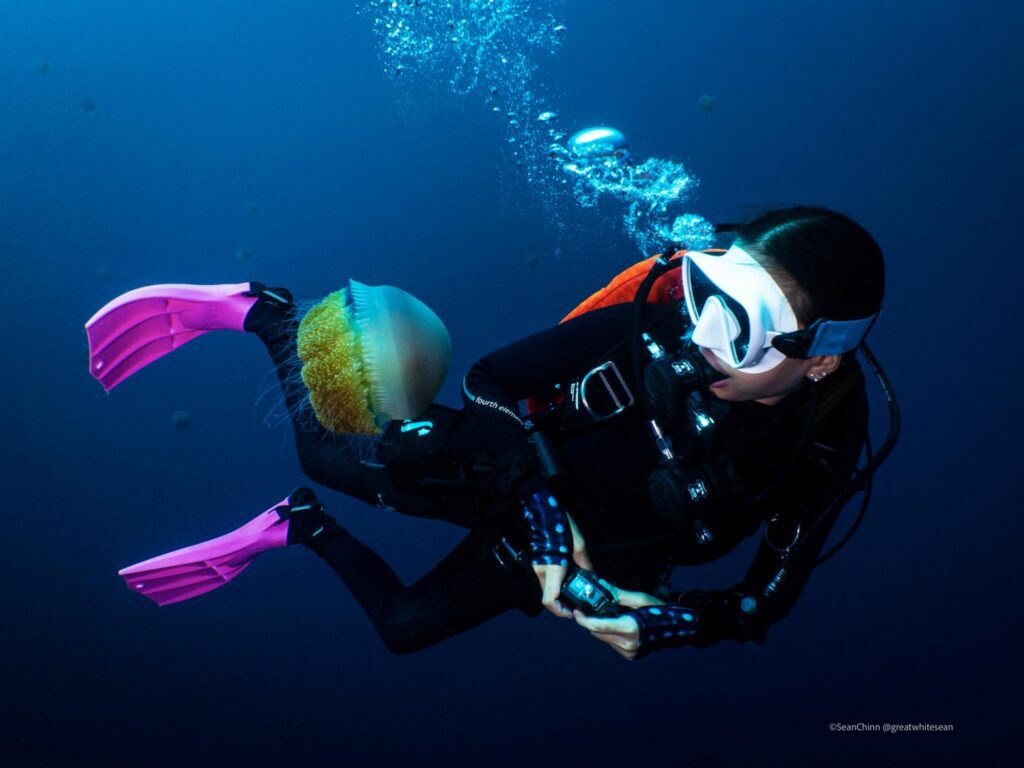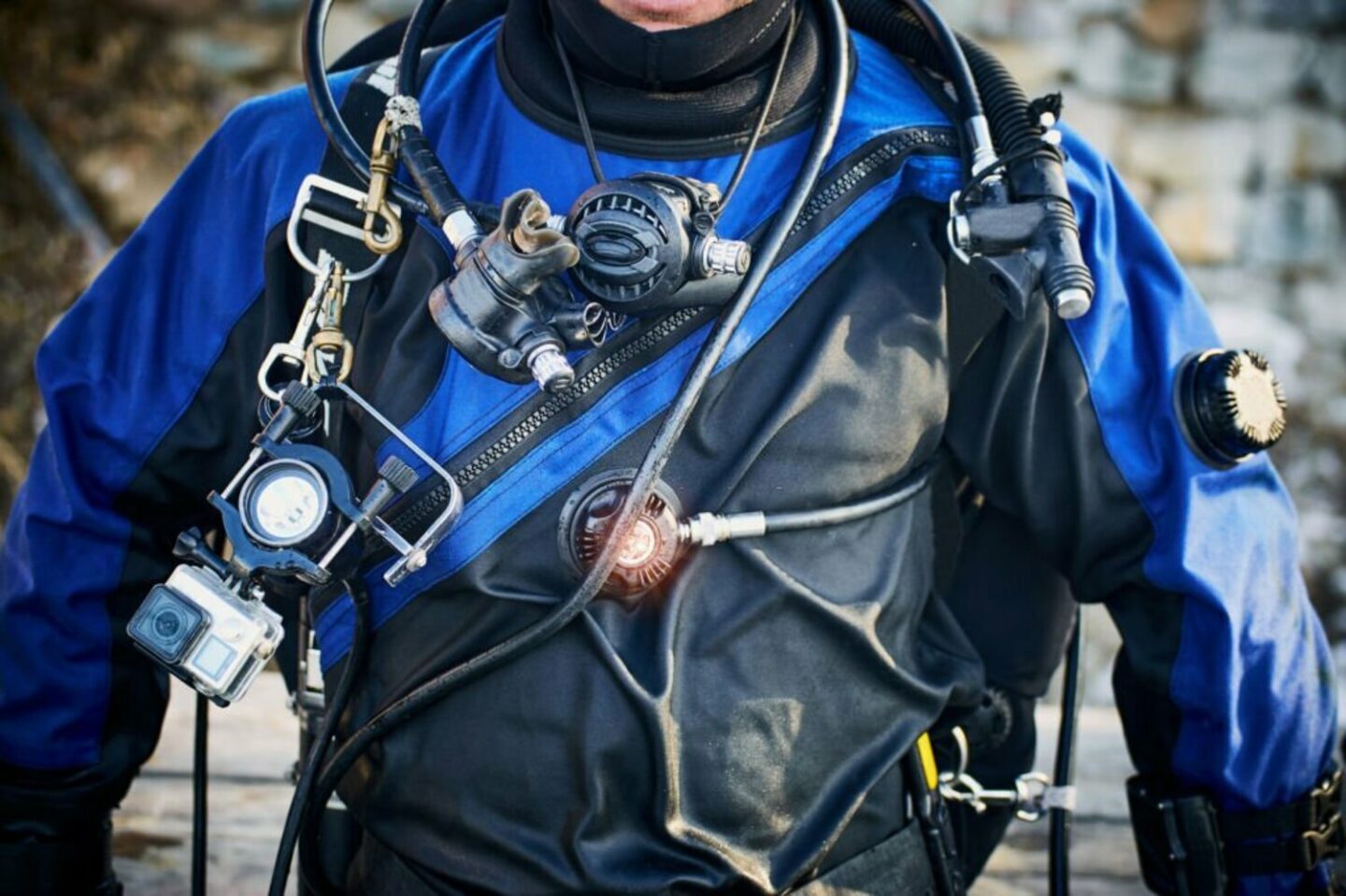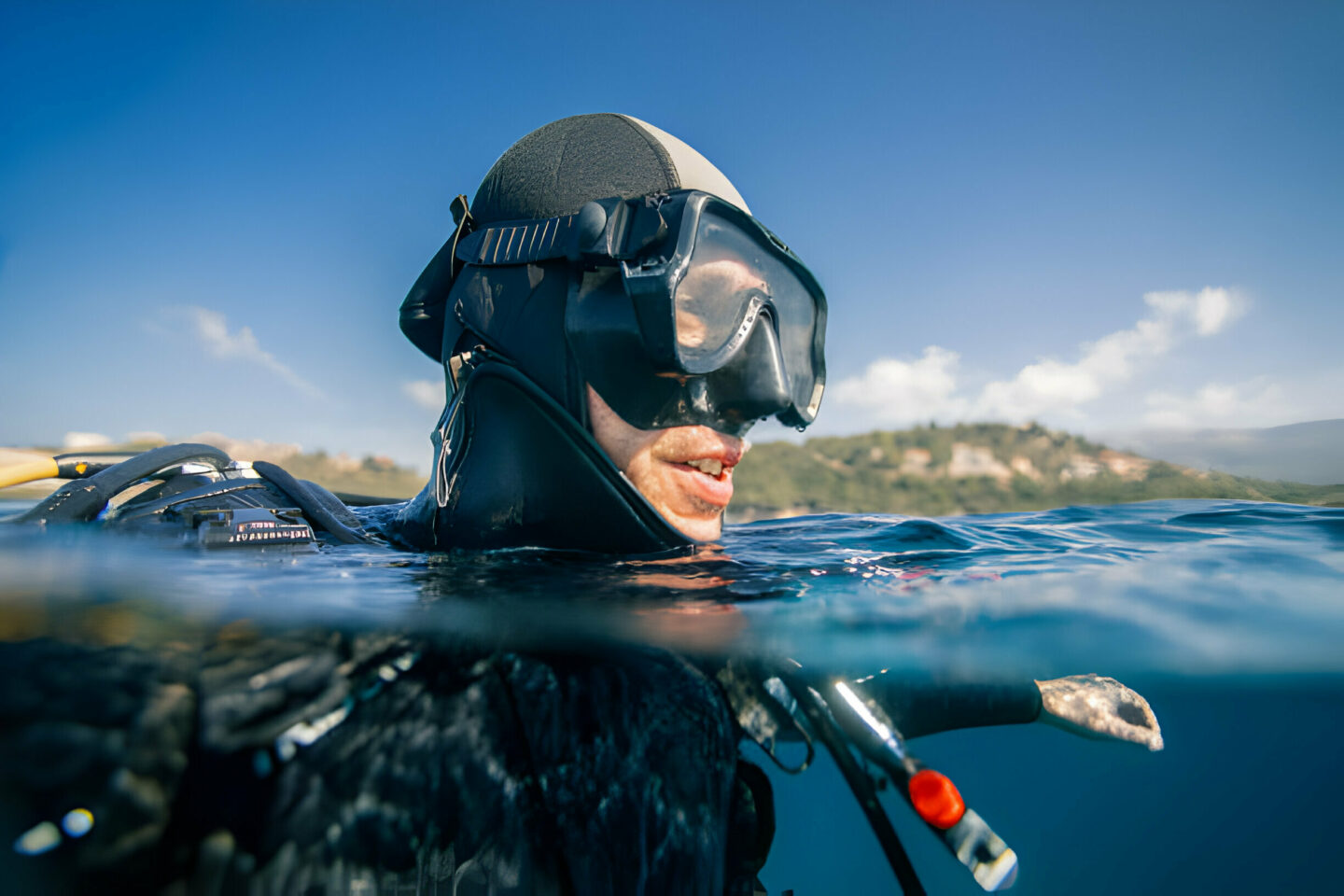Dive Log Books: Why do You Need a Dive Log
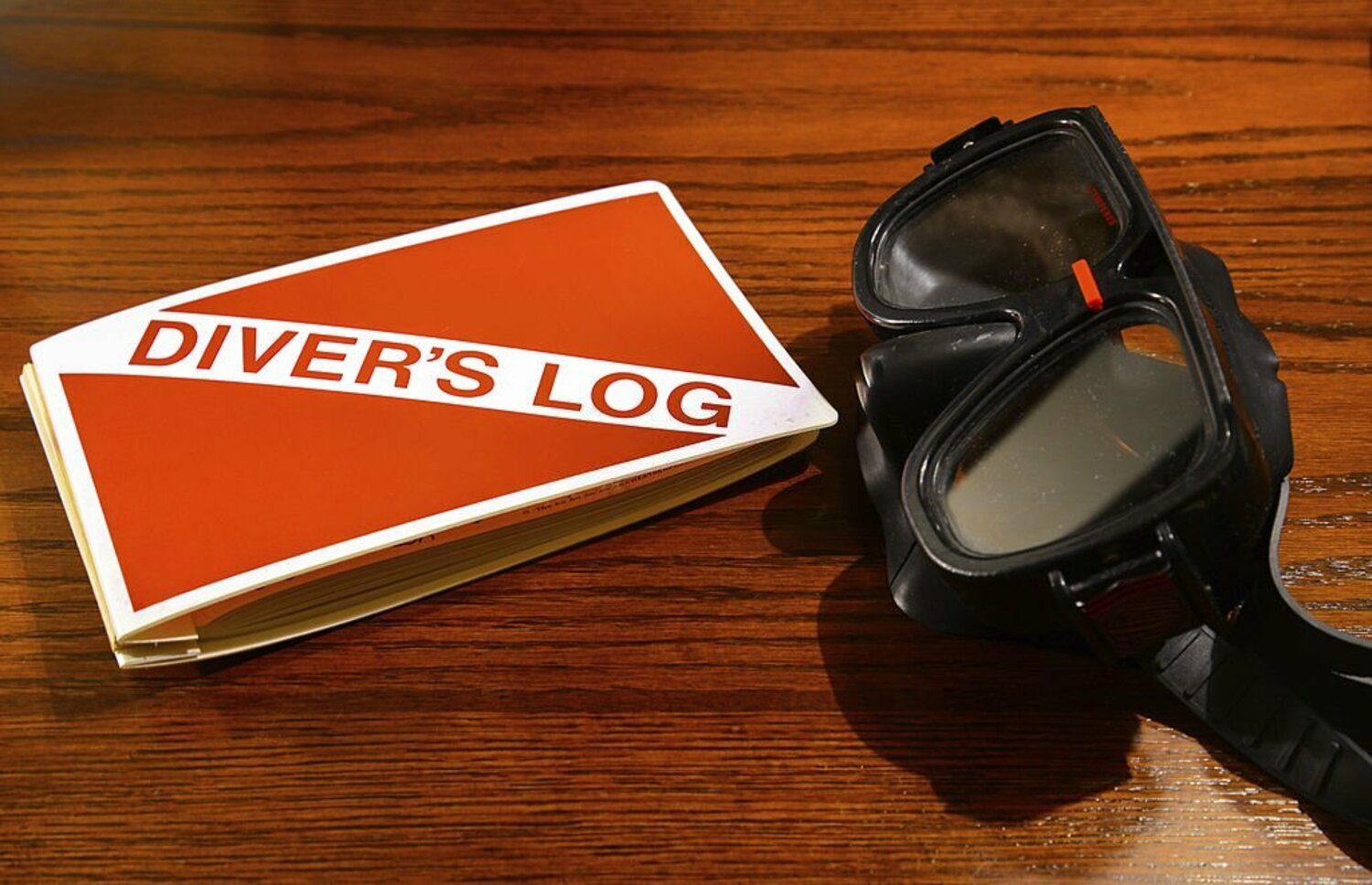
The entire diving process is an amazing adventure with an endless amount of beautiful moments and important details to remember. A simple pencil, it is said, is more reliable than the sharpest mind. It is not meant to belittle our intelligence. The problem is that humans have a tendency to forget things. Because our brain operates with limited resources, it naturally filters out many minor details, even from the most beautiful experiences. Thus, if diving isn’t just a one-time thing for you and you want to improve your skills or even become a professional, keeping track of your practices is essential, hence the need for a logbook. In fact, there are numerous other reasons why you should keep a logbook. Let us take a look at a few of them.
What is a Dive Log
Dive logs are a data collection tool that has been ingrained in our diving routine since our Open Water certification, when we were taught to track all of our dives as part of our training. Some people begin logging their very first Discover Scuba or Try Dive, whereas others only record the first dive of their Open water course when a qualifying instructor must sign a student’s log when the dives have been satisfactorily completed. Even after years of scuba diving, many divers maintain an active dive log. Some, however, have abandoned dive recording after their initial training, viewing it as an unnecessary burden.
1. Make a reference for your future dives
Preparation is one of the most important aspects of your diving experience. Estimating how much weight you need, deciding what type of gear to use, and preparing everything according to dive site conditions can all take time. If you intend to visit a specific dive site several times, it is not a good idea to waste your dives experimenting with your weight and equipment. A simple logbook will be of great assistance to you. After the first dive, make a note of everything important, such as water temperature, proper weight, the gear you really need and the configuration you used, unusual dive conditions, time of day, and so on. All of these records will keep you from wasting time while preparing for your next dive.
2. Prove your dive experience
Some dive shops will not allow you to board a boat without first seeing your dive logs. They want to know the number and type of dives you’ve done to ensure that your experience level is appropriate for this particular boat trip or challenging dive site. Furthermore, if you intend to obtain advanced certifications, you will be required to provide proof. In this regard, your dive logbook contains all of the necessary information. As a result, a logbook is an essential tool for both new and experienced divers.
3. Improve your diving skills
If you regularly record your dives and use those notes as a reference, each new dive becomes more and more efficient. Any skill, including diving, requires continuous improvement. Keeping track of your previous experiences is the best way to move forward. Keep track of everything, including what went wrong, what went well, and what could have been better. For example, you may have noticed that you run out of air too quickly and wish to improve your air consumption. Set it as your goal and keep track of all the details each time you go underwater. Examine how different diving conditions affect your air consumption. In general, whatever improvement you believe you require, make it your goal and use your logbook as a tool to help you achieve it.
4. Remember your Buddy
Your buddy’s teamwork is also an important aspect of your underwater adventure. You can record who was with you, his or her contact information, what you liked or disliked about your collaboration, how you felt in his or her presence, and so on. It will undoubtedly be useful for your future dives together.
5. Remember Fish Spotted
One of the reasons we dive in the first place is to see the beauty of marine life. It’s a lot more fun if you can identify the species you come across. This information can be shared with other divers so they know what to expect at a specific dive site. If the fish you see do not look familiar, you can easily look them up after your dive. It is another aspect that, like your diving skills, can be improved. Make a list of the fish you see, including their size, body structure, colours, behaviour, and depth of encounter. Following the dive, consult some fish books, forums, or a Facebook group (for example, ID Please (Marine Creature Identification)). Even if you didn’t see any fish or anything else interesting, make a note of it for future reference.
6. Create a Connection
Divers already have a connection because we all share a common passion for diving. However, there are many ways to strengthen this bond, one of which is to create dive logs together. For example, suppose you’re diving with a group and afterward you all sit down and take notes. Another way to strengthen the bond is to create your logs online, share them, and discuss the details.
7. Improve Your Underwater Photography
Underwater photography is a difficult endeavour in itself. Anyone who has tried it at least once will tell you that it takes some knowledge and understanding of how light works and how water properties can affect the resulting image. You must understand what type of equipment is required for specific lighting conditions and what configurations are required at various depths. Underwater photography is another skill, technique, and art that requires a lot of attention to detail. A logbook is an excellent tool for improving your underwater photography. Make a list of the equipment you used, the lighting conditions, depth, distance to the subject, time of day, weather, white balance, camera settings, and any other details you think are important. Make a quick note of what went wrong if your shots aren’t satisfactory. It will assist you in avoiding making the same mistake again.
Enjoy a Diving Trip in Raja Ampat and Komodo with La Galigo Liveaboard
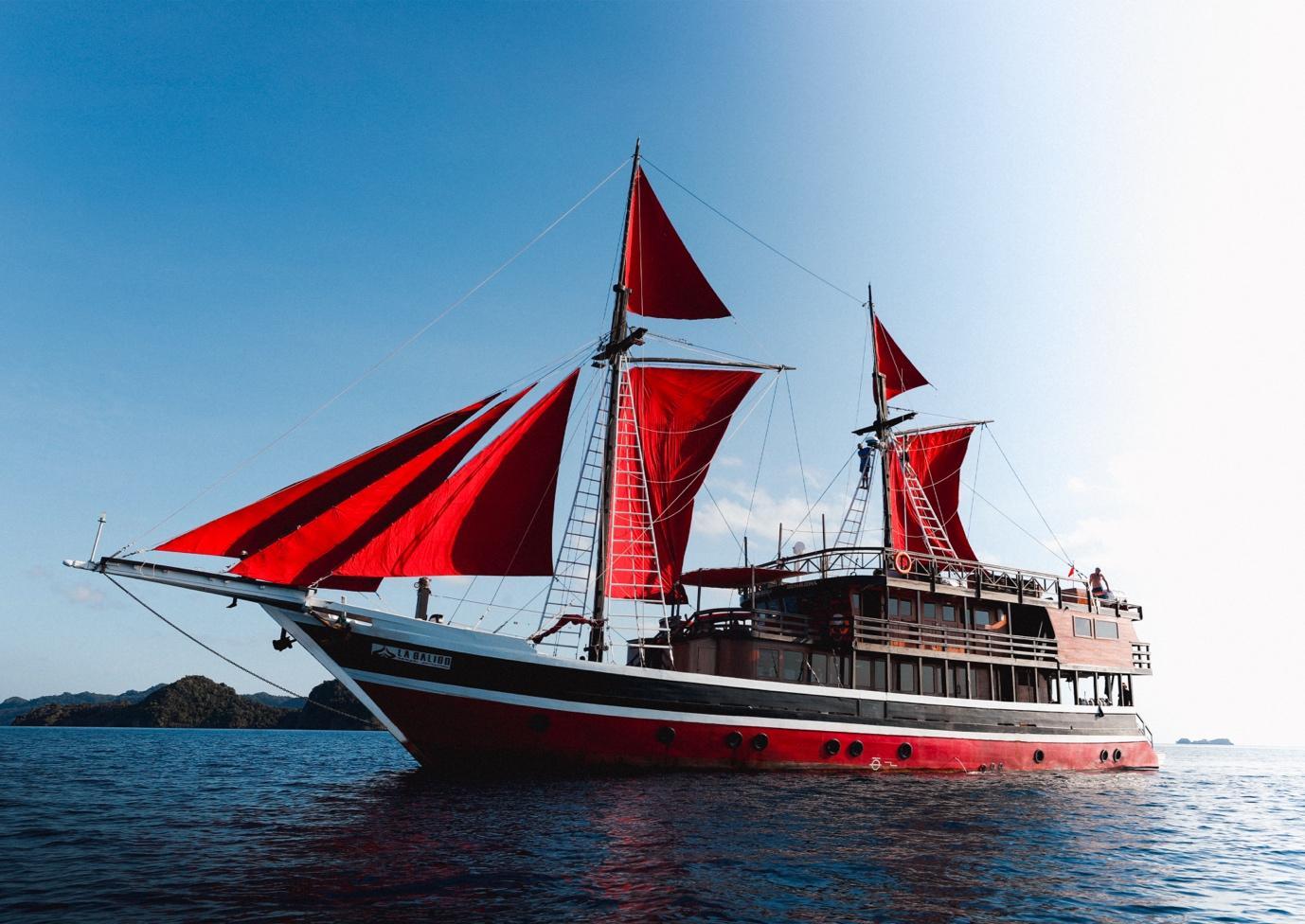
La Galigo is known as one of the best liveaboard diving boats in Raja Ampat Indonesia, and it offers trips to well-known diving destinations such as Komodo and Raja Ampat. The Coral Triangle is located in Indonesia, which has the highest marine biodiversity on the planet.
La Galigo Liveaboard Diving was founded in 2015 by two avid divers who wanted to explore some of Indonesia’s pristine reefs but found that all existing scuba diving options were frequently out of their budget, and wanted to provide an affordable option for everyone to be able to explore these beautiful places.
La Galigo Liveaboard Diving in Raja Ampat & Komodo is a friends and family affair, and our liveaboard diving trips are always focused on fun, safety, guest comfortability, and are exceptional value for money. Our trip prices range from $2,160 for a six-day Komodo liveaboard diving trip to $3,375 for an eight-day Raja Ampat liveaboard diving trip. The price includes four meals a day, diving three to four times a day or snorkelling, and land tours.


